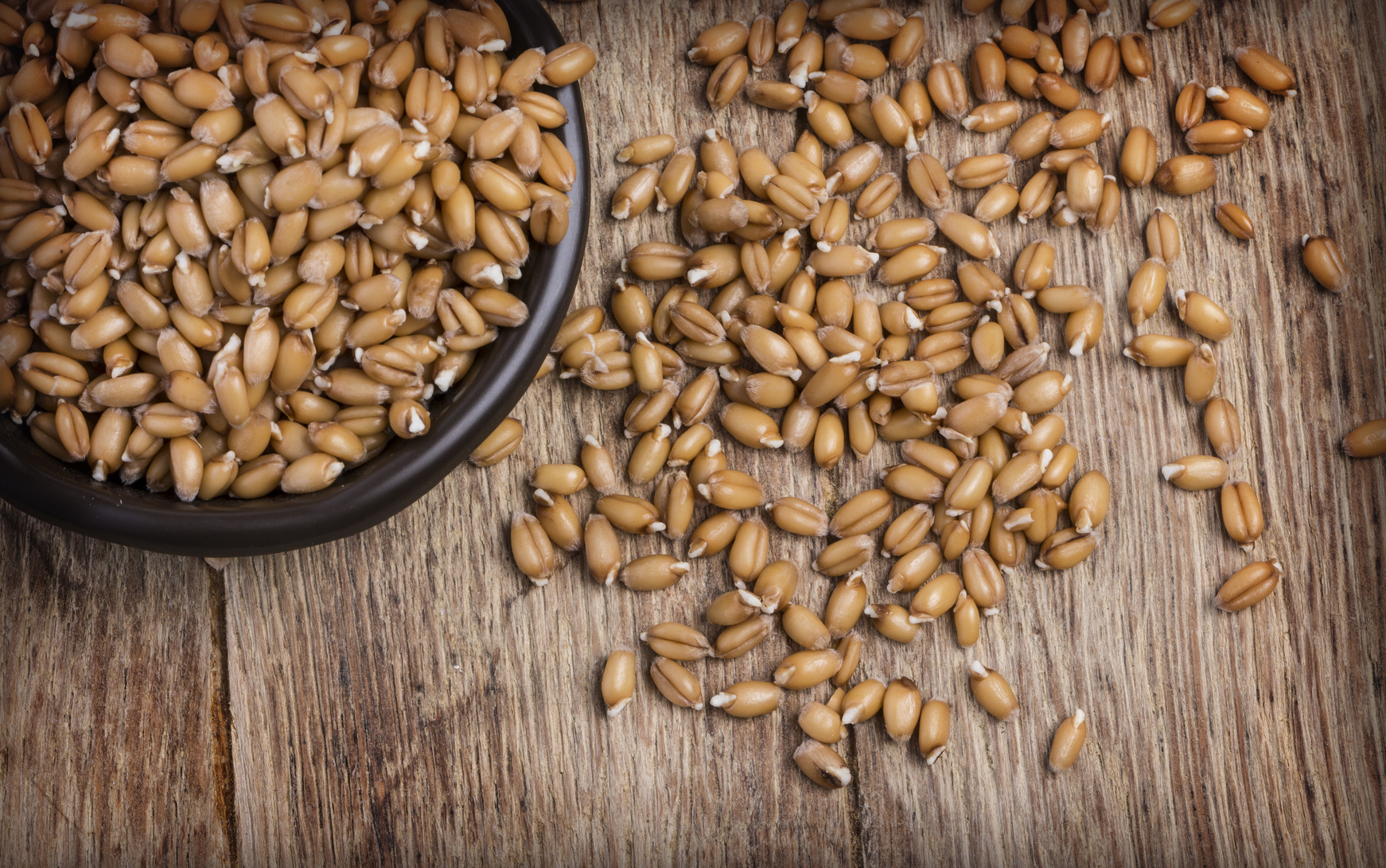By Hannah Turner – Montana State University Barley and Malt Quality Lab
Sprouting of grain to alter nutritional composition and flavor has been practiced for thousands of years, particularly in the Orient and the Middle East. More recently the Western health food world has taken a greater interest. In fact, annual increases of 14% for new products utilizing sprouted whole grains were observed from 2006-2011. Maltsters are also beginning to pick up on the trend as malthouses are an ideal location for this work, which has a quick turnaround and can be marketed as local artisan. That said, there is not much definition or guidance out there for this process.
The Cereals & Grains Association defines sprouted whole grains as “Malted or sprouted grains containing all of the original bran, germ, and endosperm (and are) considered whole grains as long as sprout growth does not exceed kernel length and nutrient values have not diminished”.
Three main factors play into the growing popularity of sprouted grains:
- Sprouted grains are thought to enhance the established health benefits of whole grains, with increased bioavailability of some nutrients and easier digestion for some people.
- They offer additional flavor and texture options to manufacturers and consumers
- They can (especially for baking) offer advantages over traditional whole grains, such as better dough volume, less need for added gluten, shorter proofing time, longer shelf life, etc.
Sprouting grains at the commercial level is still fairly new and defining methods is a work in progress. The first step is to ensure good viability, like malting, 95% or better germination is ideal. Evaluation of the extent of sprouting itself currently involves two measures – a quantification of the beginning level of sprout (a baseline, to ensure any field damage is minimal) and a post sprouting measure to document the change. The difference between these values, expressed as a percentage, represents the level of sprout. Manufacturers have varied opinions for the ideal specification, but it typically falls within ~35-60%. Final values must still be above certain minimums to be usable for bread making, for example, wheat flour with a Falling Number below 160 is considered unusable.
Methods for evaluation of sprouted grains are still evolving. Falling Number (FN) and Rapid Visco Analysis (RVA) are potential options but have pitfalls such as regional availability and potential limitations in grain type. Both FN and RVA evaluate sprout levels indirectly by the presence of grain α(alpha)-amylase. Alpha-amylase is very low in sound un-germinated grain but increases readily as the sprouting process begins. A direct measure of this enzyme could be an ideal method for sprout evaluation for many grains with the added benefit of having automated and high throughput options. Other measures that could be considered for sprout evaluation include amino acid and phytase changes. Guidelines for the best method and level of sprout are not yet established but will likely vary by grain type and variety.
As in malting, a key aspect of achieving high value sprouted grains will be starting with quality grain, then managing time, temperature, and moisture throughout. The desired level of change can happen very quickly, so the biggest challenge may be dialing in the short process. Variations of kilning methods can also add to the uniqueness of a product and be important for sensory aspects of final flours. One recent publication from a Montana State University lab found that steeping wheat kernels for 24 hours at 21°C, followed by washing with excess water to mitigate pathogen buildup, and drying at 40°C in a forced-air oven achieved an average reduction of FN values from 350 to 200 (57% decrease) and was associated with both positive baking attributes and sensory perception. The MSU study-based process is a single example but could serve as a starting point. More research is needed to establish guidelines for various grains, determine the best measurement methods, and set specification goals. In the meantime, we encourage you to gauge your market and build relationships with your local bakers to determine what their needs are. Sprouted grains could be a great product to add to your lineup!
References
- Whole Grains Council – Sprouted Grains Phase 1 Summary Report
- Controlled sprouting in wheat increases quality and consumer acceptability of whole-wheat bread, Johnston et al. 2019 – Montana State University
- “Partially Germinated Ingredients for Naturally Healthy and Tasty Products,” Cereal Foods World 58.2, 55-59, 2013.


